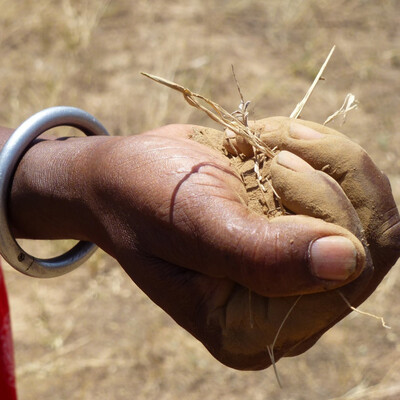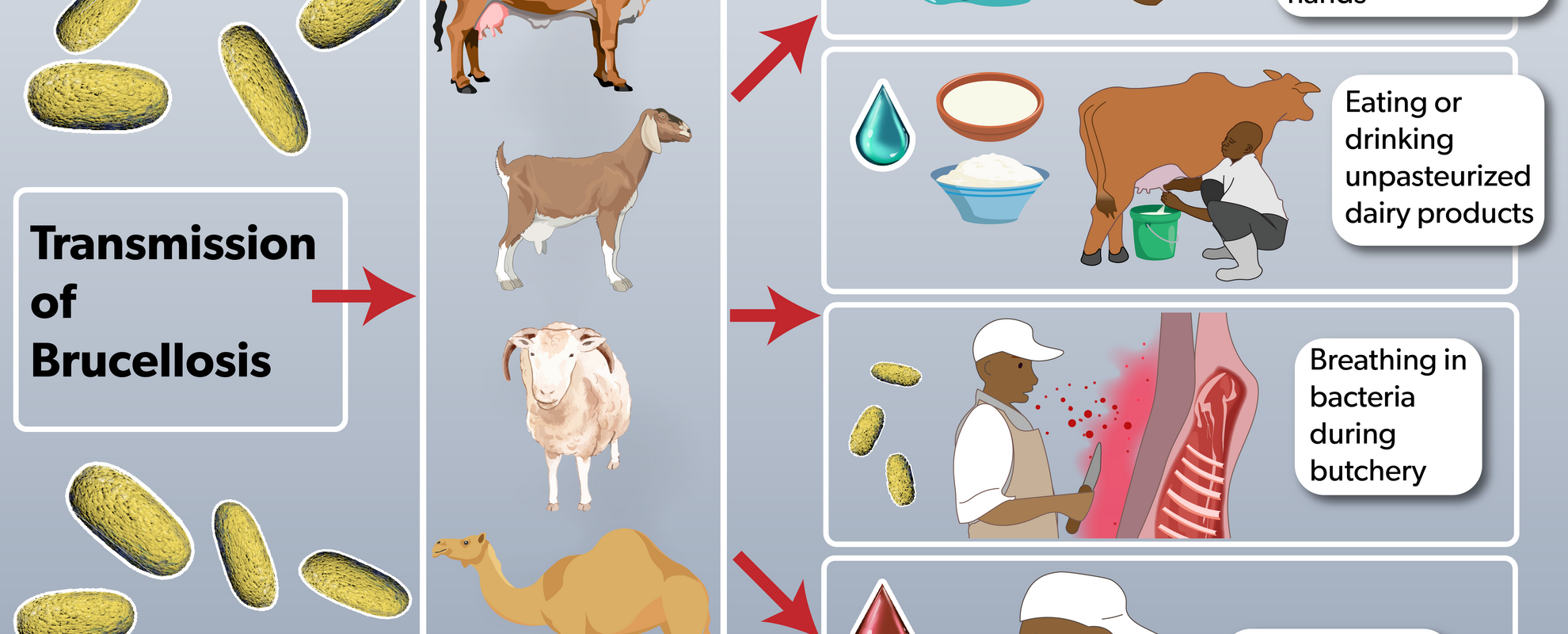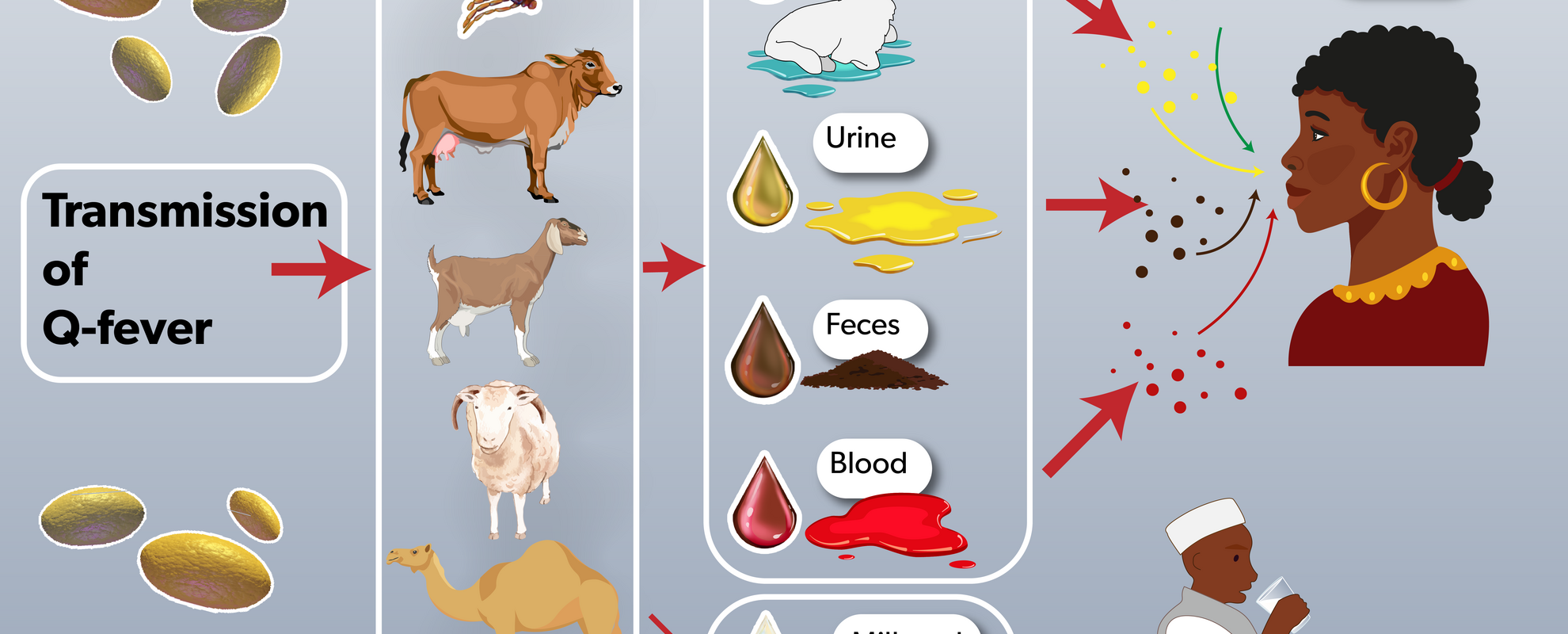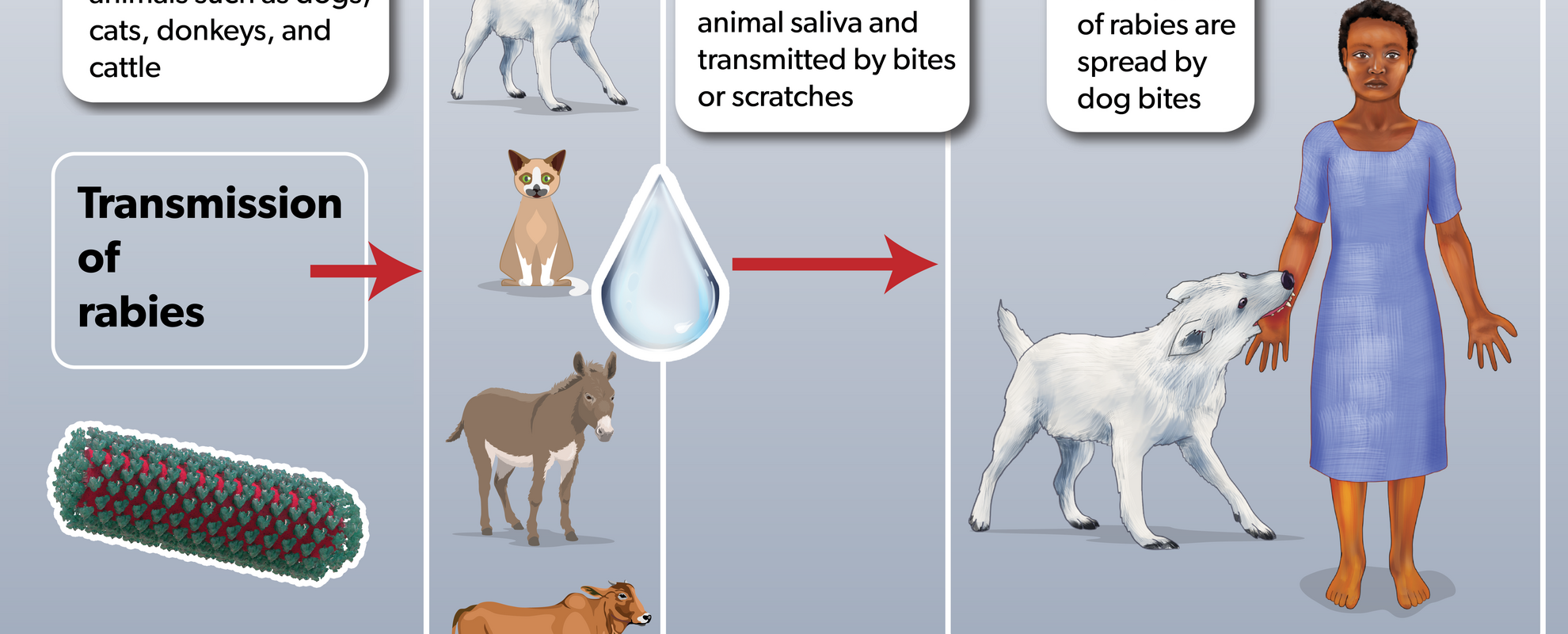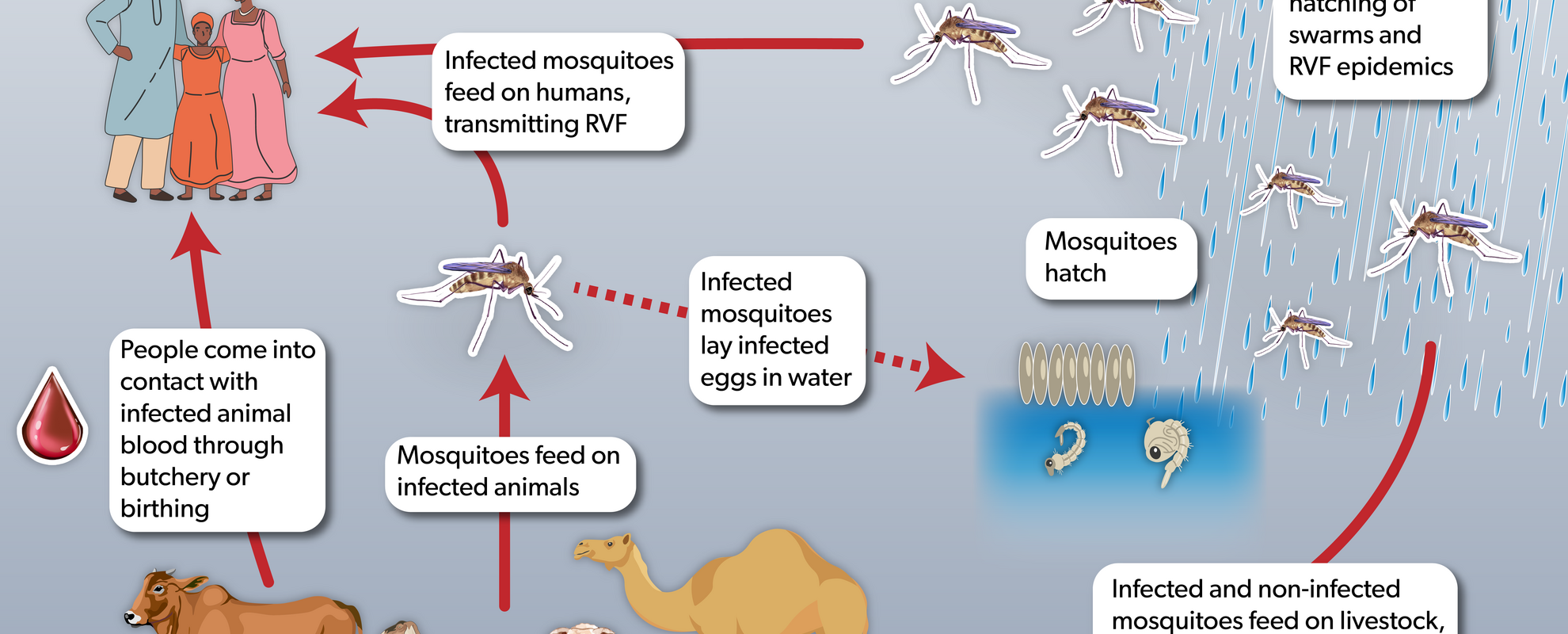Emerging infectious diseases pose a serious threat to global health and security, with 70% of these diseases originating from animals and 60% of existing infectious diseases classified as zoonotic. Zoonotic diseases, which spread from animals to humans, can be transmitted through water, food, and the environment.
The COVID-19 pandemic is a good example of a zoonotic disease, believed to have originated from bats. Other notable zoonotic diseases include Ebola, Rift Valley fever, brucellosis, and cysticercosis, all of which impose heavy burdens on human health and the global economy.
To mitigate these risks, scientists work with national and international partners to improve the control of zoonotic and emerging infectious diseases. This involves:
- Zoonotic disease modeling to predict and manage risks
- Risk mapping to identify hotspots for disease emergence
- Surveillance systems to detect outbreaks early
- Decision support tools that guide policymakers on prevention and control strategies
The annual global cost of zoonotic diseases is estimated at USD 500 billion due to lives lost and economic disruptions. In contrast, preventive measures cost approximately USD 20 billion per year, highlighting the value of investing in proactive, risk-based animal health services to protect public health and prevent future pandemics.
ILRI’s scientific evidence supports strengthening animal outbreak response, pandemic preparedness, and protecting both human and animal populations.
